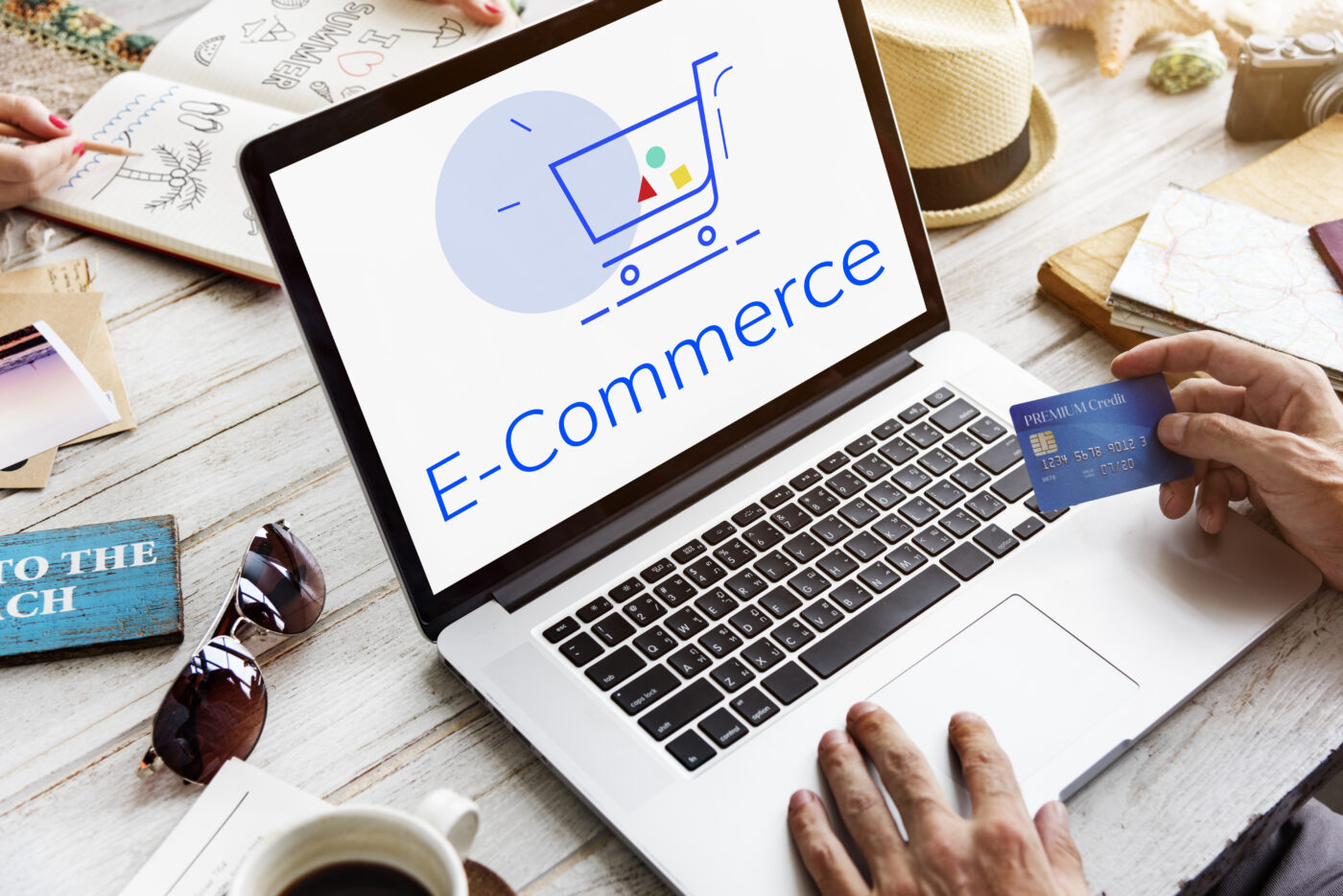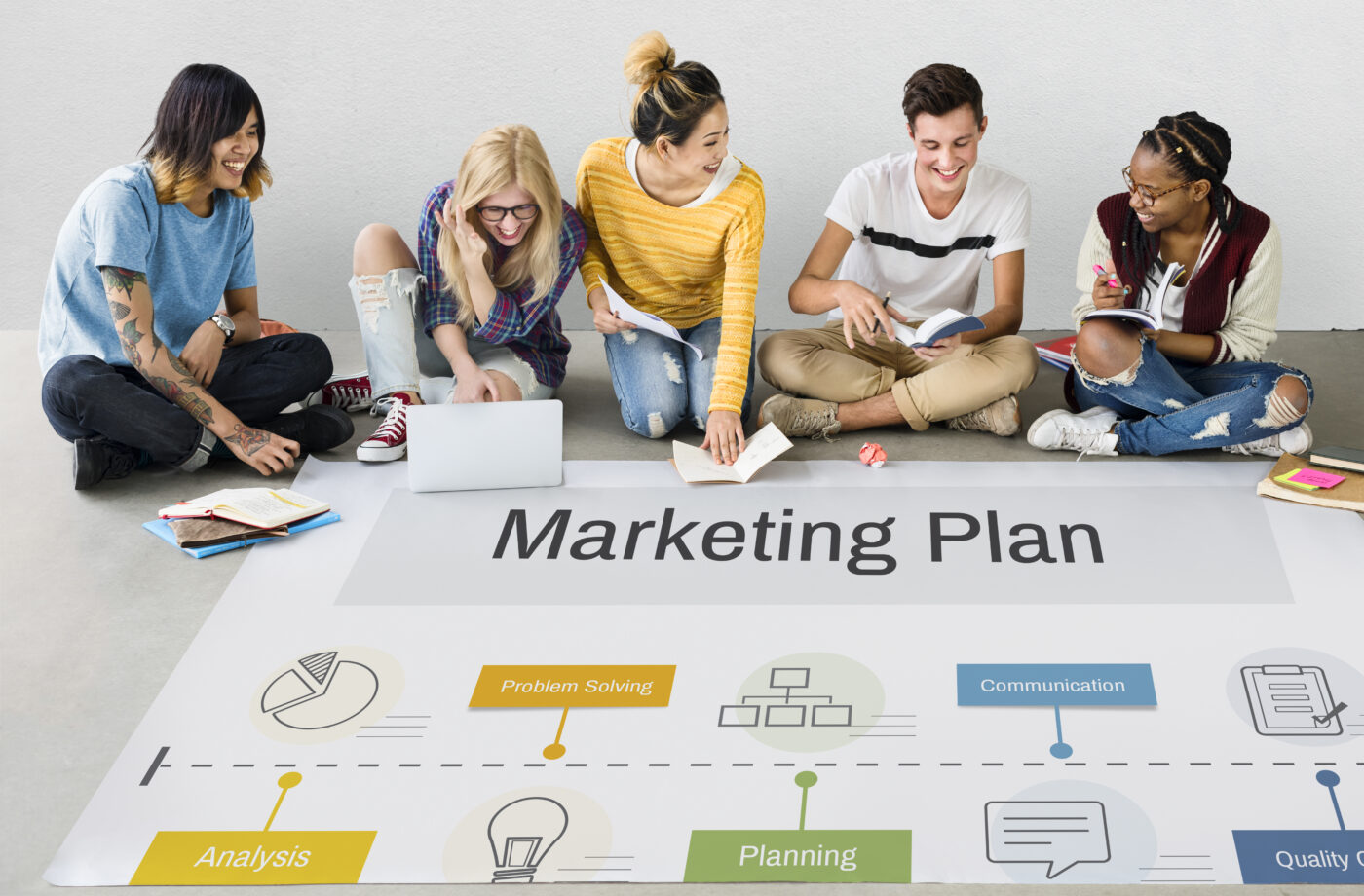Index
-
Introduction
-
What Are Facebook Lead Generation Ads?
-
Why Use Lead Ads Over Other Facebook Campaigns
-
Step 1 – Set Clear Lead Goals and Target Audience
-
Step 2 – Create a Mobile-Friendly, Instant Form
-
Step 3 – Design High-Converting Creatives
-
Step 4 – Optimize Form Fields and Qualification Questions
-
Step 5 – Set Budget, Bidding & Placements
-
Step 6 – Lead Follow-Up and CRM Integration
-
Best Practices & Tips
-
Conclusion
1. Introduction
Facebook Lead Generation Ads are a powerful tool for MSMEs and startups aiming to capture customer details without friction. Run effectively, these ads can drive high-intent leads straight into your sales funnel.
2. What Are Facebook Lead Generation Ads?
These ads allow users to submit their contact info directly within Facebook—no need to visit an external landing page. Forms are auto-filled with user data, significantly reducing friction and improving completion rates.
3. Why Use Lead Ads Over Other Facebook Campaigns
-
Higher conversion rates: One study found a 12.5% conversion rate—twice that of landing-page forms.
-
Mobile-first experience: Native to your feed, these forms load faster and feel seamless on mobile.
-
In-platform process: Users stay inside Facebook, reducing drop-off from external redirects.
4. Step 1 – Set Clear Lead Goals and Target Audience
Choose objectives like newsletter sign-ups, demo requests, or event registrations.
Use precise targeting—interests, demographics, and custom or lookalike audiences—to reach your ideal prospects.
5. Step 2 – Create a Mobile-Friendly, Instant Form
-
Use Instant Forms to create compact forms with auto-filled fields.
-
Choose between More Volume (short forms) or Higher Intent (forms with review steps).
-
Stay GDPR and CCPA compliant and always include a working privacy-policy link.
6. Step 3 – Design High-Converting Creatives
-
Use strong visuals—video, carousel, or single-image—with clear branding.
-
Include concise, benefits-focused text with a strong CTA like “Get Free Quote” or “Sign Up Now.”
-
Social proof (e.g., ratings or testimonials) adds trust and boosts conversion .
7. Step 4 – Optimize Form Fields and Qualification Questions
-
Keep required fields minimal: name, email, phone at most.
-
Add 1–2 targeted dropdowns or multiple-choice questions to qualify leads—this can reduce low-quality submissions by 37% while maintaining strong completion rates.
8. Step 5 – Set Budget, Bidding & Placements
-
Start with a modest budget and test different bidding options, such as Cost per Lead bid strategy.
-
Use Automatic Placements to let Facebook optimize delivery across its network.
9. Step 6 – Lead Follow-Up and CRM Integration
-
Immediately sync new leads with your CRM or email platform for quick follow-up.
-
Implement drip sequences to nurture leads and reduce drop-offs.
10. Best Practices & Tips
-
Test creatives and headlines continuously—A/B testing helps identify what resonates.
-
Monitor lead quality, not just quantity—use form questions to filter out low-intent leads.
-
Refresh imagery regularly to avoid ad fatigue.
-
Add chat-based formats for conversational follow-up.
-
Consider lead magnets—webinars, free trials, checklists—to boost incentive and conversion.
11. Conclusion
Facebook Lead Generation Ads offer a frictionless, mobile-optimized way to gather quality leads directly within the platform. By setting clear goals, optimizing forms, using strong creatives, and automating follow-up, MSMEs can drive consistent lead flow. Begin with small tests, track closely, and scale proven ad sets to grow smartly.







